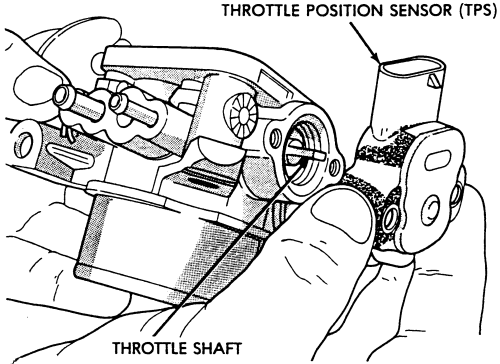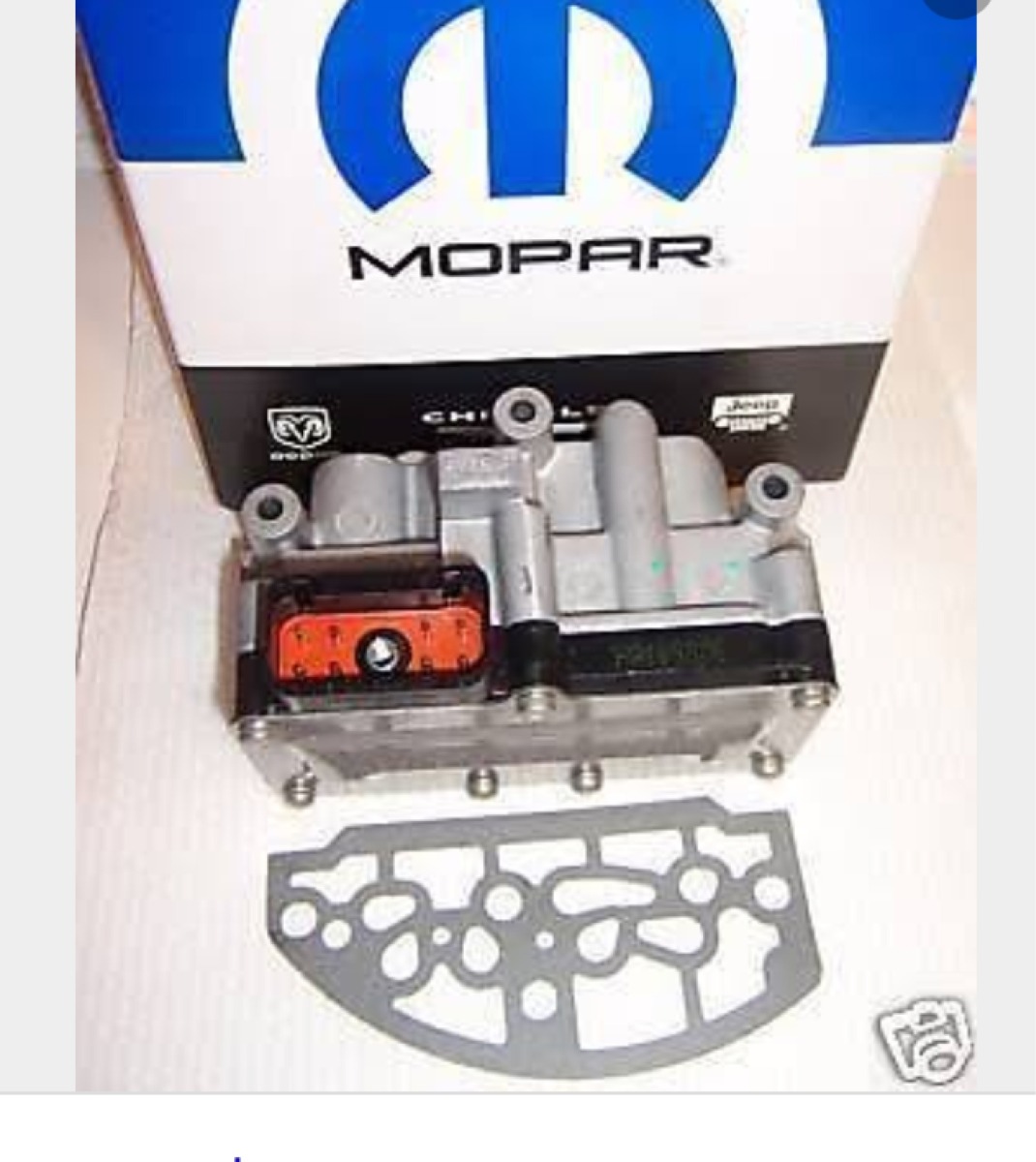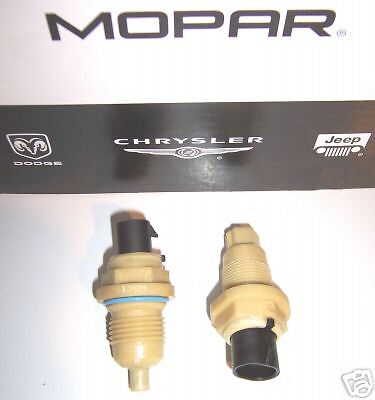I've dealt with these problems since a Dodge Intrepid slammed into second (limp mode) with a friend of mine years ago. They took it to a dealer who put a new solenoid in the transaxle for $600. The part was around $200. They had to drop the pan, the valve body, and bolt the new solenoid in, and then reassemble it. At this point it gets a new filter, gasket and new transmission fluid. But less than a year it did it again.
The vehicle has high mileage. It was falling out of overdrive gear as if going into neutral until they coasted down to about 35 mph when it would slam into second gear.
The original TPS (unit) was original. These work like a volume control on a radio. (a carbon potentiometer)
They are held on with two screws. The shaft that fits into it is shaped much like a screw driver so it's easy enough to get it set up properly before installing the new screws.
What seems to be happening on high mileage TPS units is that the carbon unit cracks or the area where the vehicle usually cruises wears. If the vehicle has mostly high way miles on it then the wear will most likely be
in that area. Then if it can't get a signal to the computer this may happen. That Dodge I spoke of had 250K
on the original TPS when this was happening.
Loads of misery for those who don't know about this stuff...and only a $20 to $30 dollar part that can be replaced in a couple of minutes.
This is a Transmission Shift Control Solenoid for a Chrysler Product.
The red area is where the wiring plugs into the vehicles computer.
Chrysler Transmissions have a couple of other small sensors on the drivers side that are inexpensive too.
Older experienced Parts Dept clerks can generally tell you which sensors they sell the most of as some are just more problematic.
What this system does is to replace the shuttle valves and servos in their transmissions with electric solenoids with computer control.
Those seeking to buy an old Cargo Van or RV that may be equipped with these types of sensors may be wise to stay with vehicles built after 1996 when the second generation of "On Board Diagnostic Code Readers".
It is much easier to deal with when they have issues using the OBD2 and later equipment. (and by now those are 20 years old unless they have verifiable low mileage)










